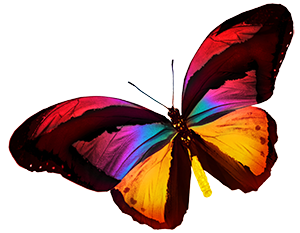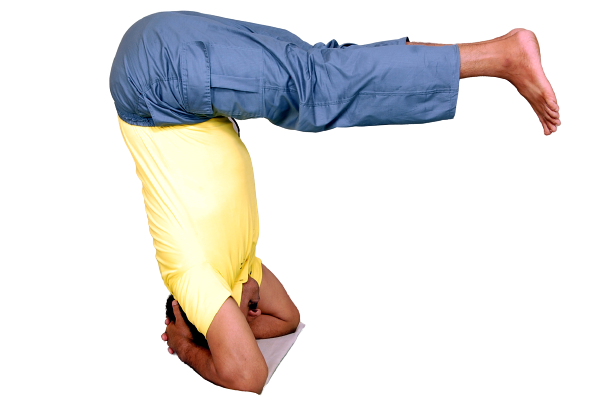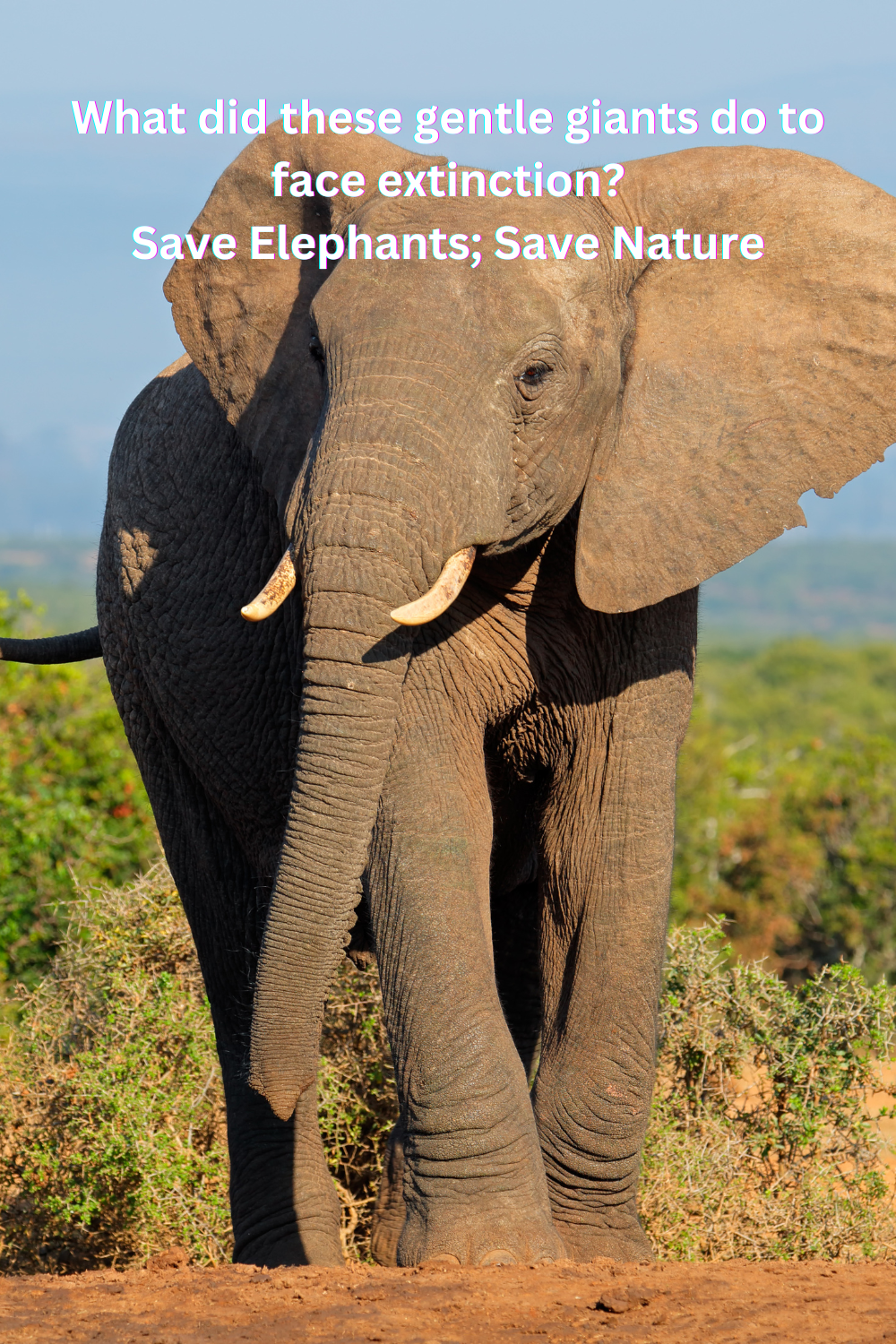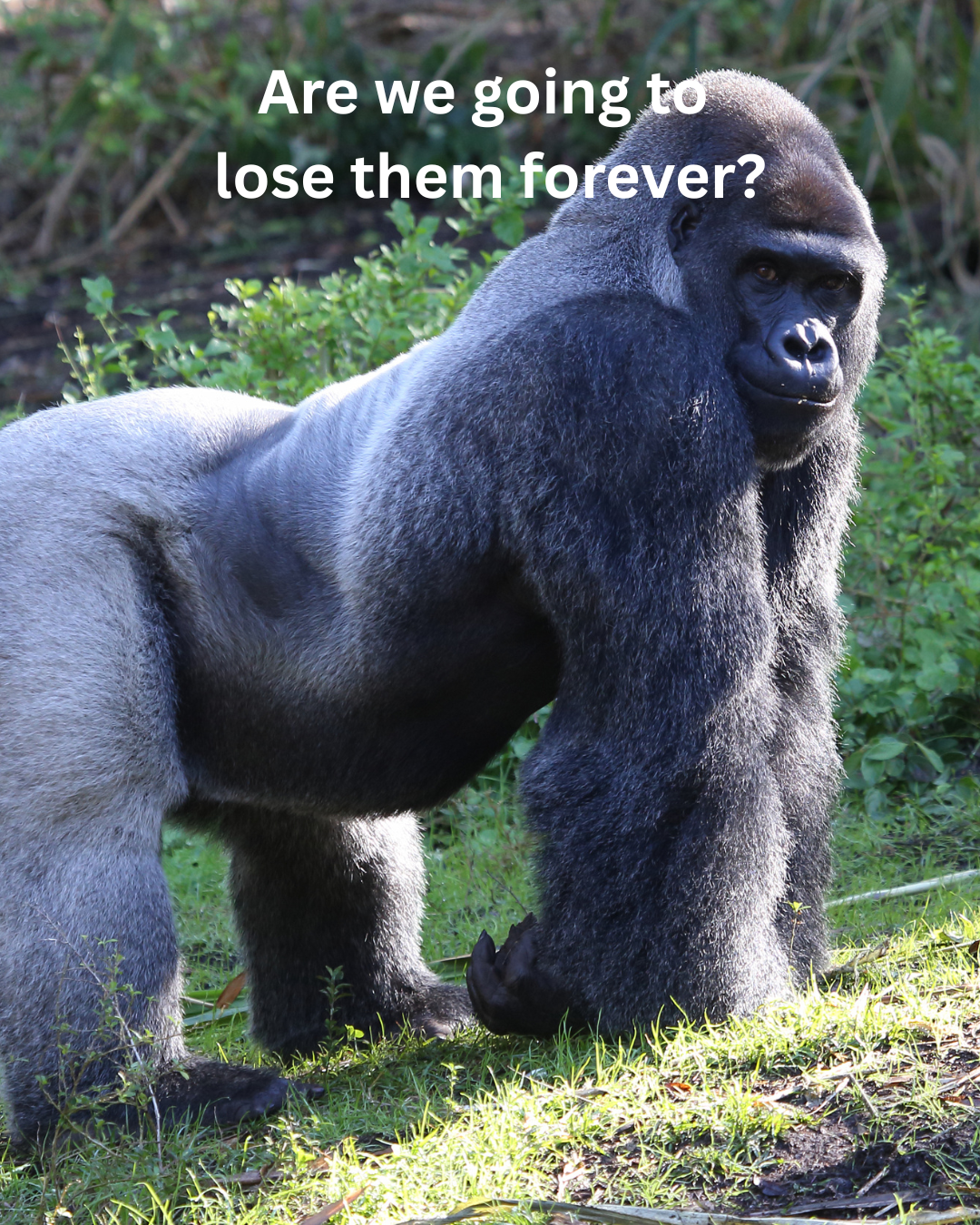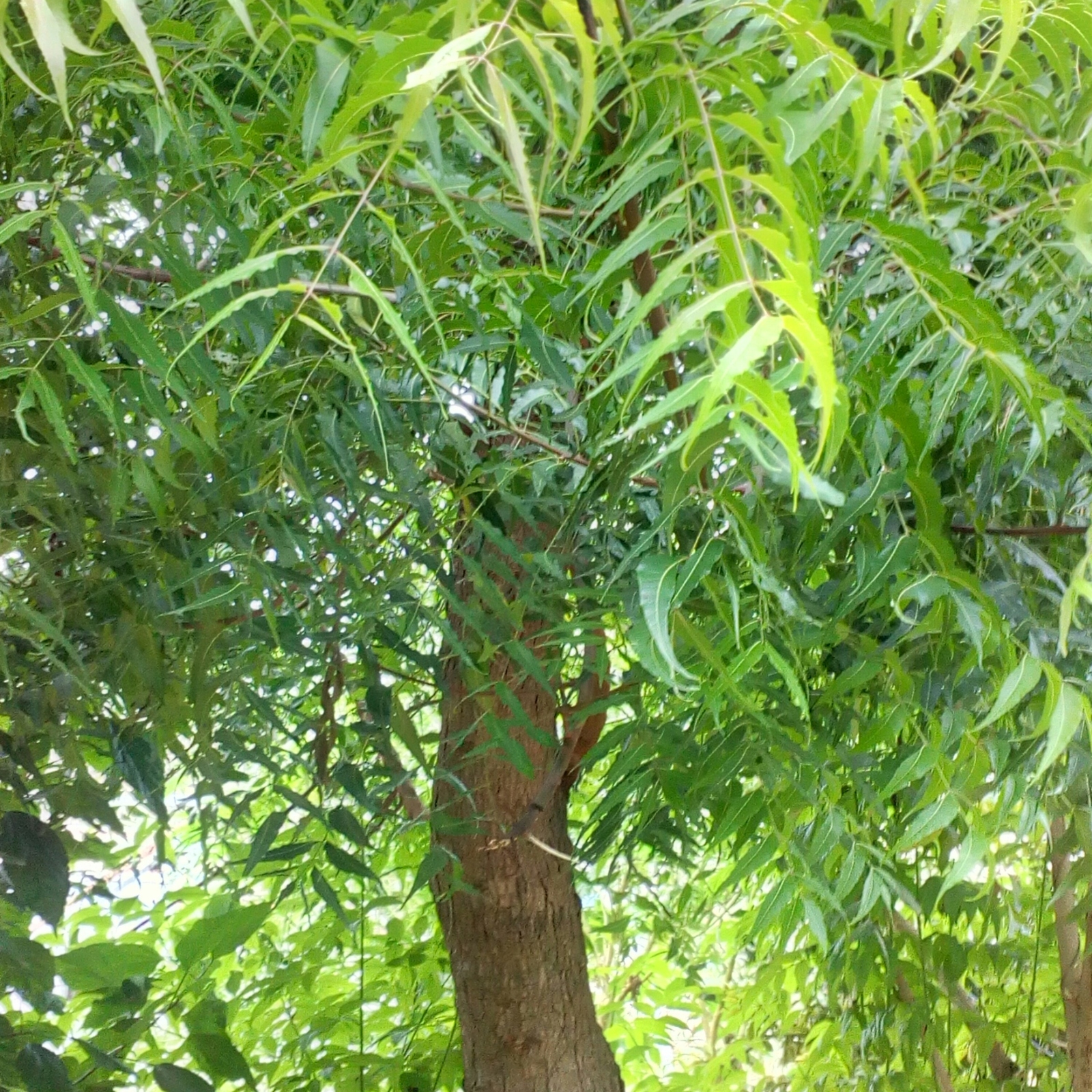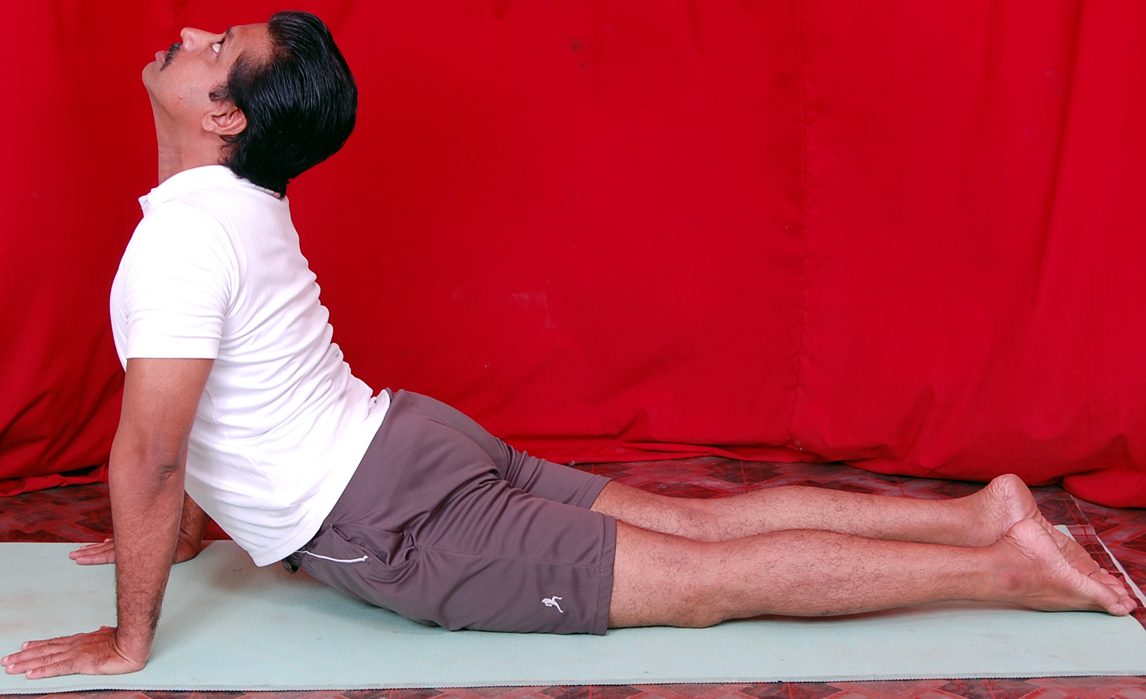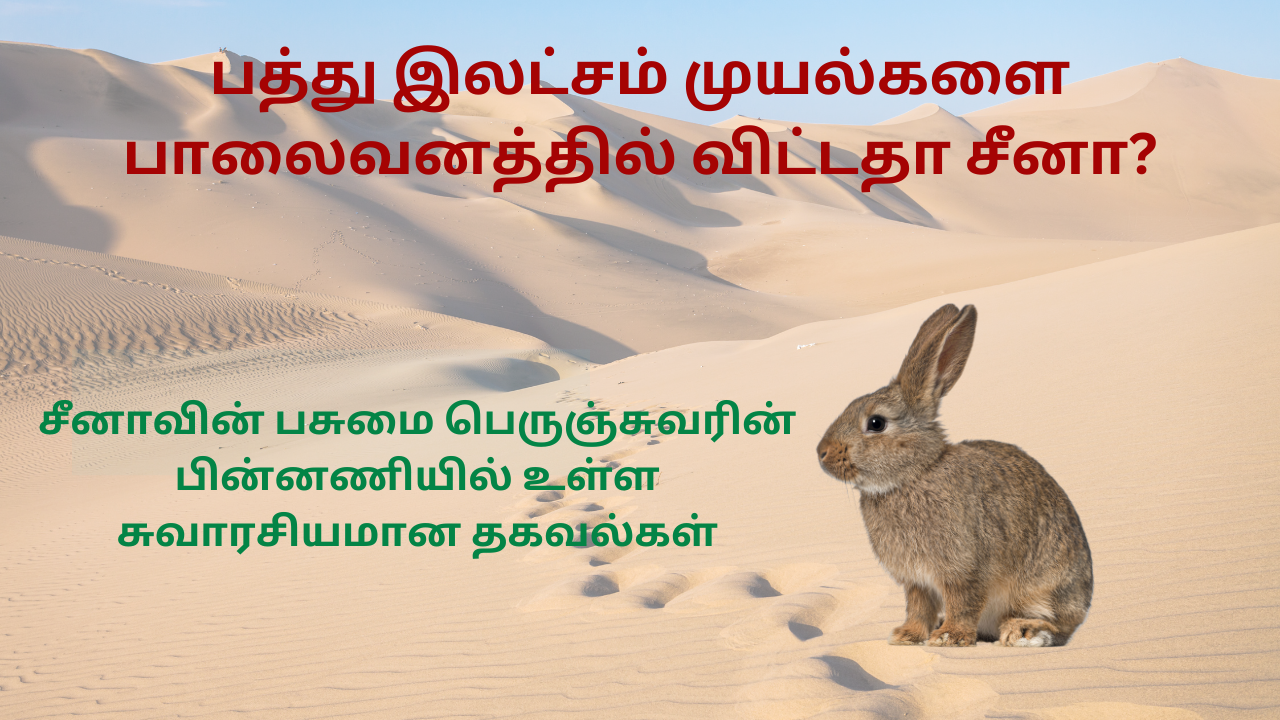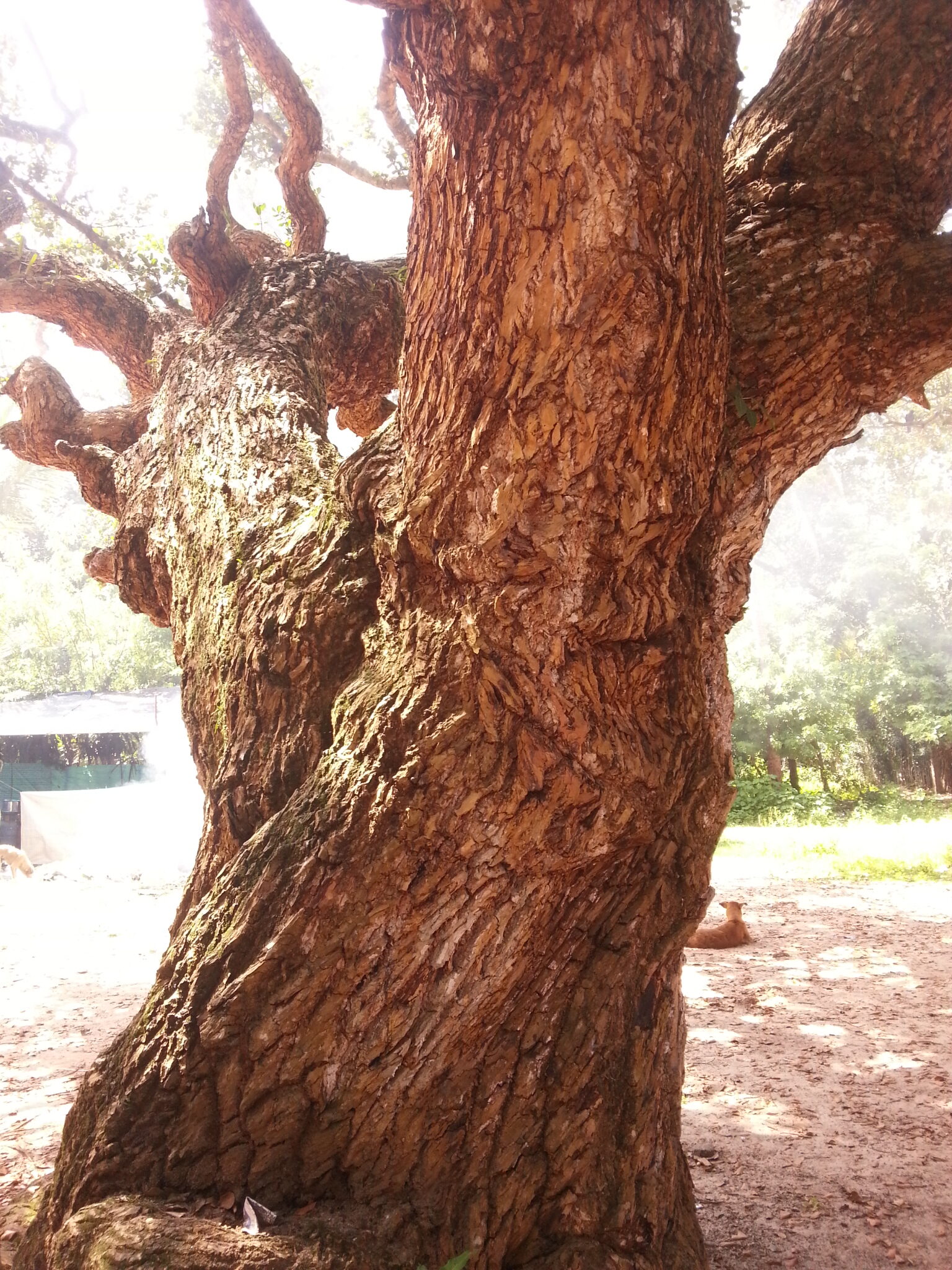Half Headstand, as the name suggests is a half-state Headstand. The pose is also referred to as Upward Facing Staff Pose as it resembles Staff Pose in reverse. Half Headstand is called as Ardha Sirsasana in Sanskrit. 'Ardha' means 'half' and 'siras' means 'head'.
Half Headstand stimulates manipura, visudhdhi, ajna, guru and sahasrara chakras. Stimulation of sahasrara chakra promotes stability and self-awareness. The chakra is also the source of wisdom.
Other Benefits of Half Headstand
- Increases blood flow to head
- Boosts brain function
- Strengthens shoulders and hands
- Strengthens the back
- Back muscles are strengthened.
- Lung function improves
- Boosts heart health.
- Stimulates functions of abdominal organs
- Promotes balance
- Practicing the pose helps to relieve stress.
Step-by-Step Guide
Let us see how to do Half Headstand.
- Go on fours. Your wrists should be aligned to your shoulders and your knees aligned to your hips.
- Bend your hands and place your forearms on the floor. Interlock your fingers with the palms facing your side.
- Place your crown on the floor between your palms. Now, the back of your head will be close to your palms.
- Inhale as you raise your knees off the floor.
- Exhale as you walk towards your elbows. Now, your body will resemble the alphabet 'V' in inverted shape.
- Walk further towards your elbows till your back is straight. Ensure your body weight is distributed between your forearms and head and not entirely on head.
- Slowly raise your right leg off the floor, bend it and bring the folded leg up to hip height. Now, bend and bring the left leg close to your right leg. Slowly lift your legs up towards the ceiling till they are aligned to your body.
- With the forearms balancing your body weight, lower your legs till the legs are in line with your hips and parallel to the ground.
- Hold the pose for 20 to 30 seconds.
- To release the pose, lower your legs to the floor, bring the knees down to the floor and return to starting position.
Note
Beginners should strictly avoid practicing Half Headstand. Obese people should also refrain from practicing the pose.
Place a folded blanket under the head to perform the pose. During initial practices, you can place your back against a wall to perform the pose.
Those with severe neck conditions, spine and hip problems should refrain from practicing Half Headstand. Those with severe joint conditions, high blood pressure and heart conditions should also avoid practicing the pose.
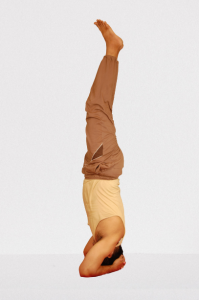
Yoga Pose for Day 100 - Headstand (Sirsasana)
The 100th pose in 'Yoga Pose for the Day' is Headstand, which is called the King of all Yoga Poses. Headstand is called Sirsasana in Sanskrit. 'Sirasa' means 'head'.
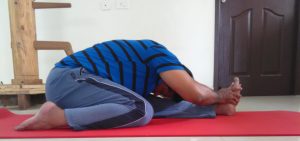
Yoga Pose for Day 98 - One Leg Folded Forward Bend (Triang Mukha Eka Pada Paschimottanasana)
In Sanskrit, 'tri' means 'three', 'anga' means 'body parts', 'mukha' means 'face', 'eka' means 'one', 'pada' means 'foot', 'paschima' means 'west', 'uthana' means 'intensive stretching'.
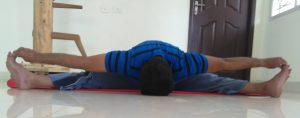
Yoga Pose for Day 97 - Wide Legged Seated Forward Fold (Upavistha Konasana)
Wide Legged Seated Forward Fold is called as Upavistha Konasana in Sanskrit. 'Upavistha' means 'seated' and 'kona' means 'angle.
